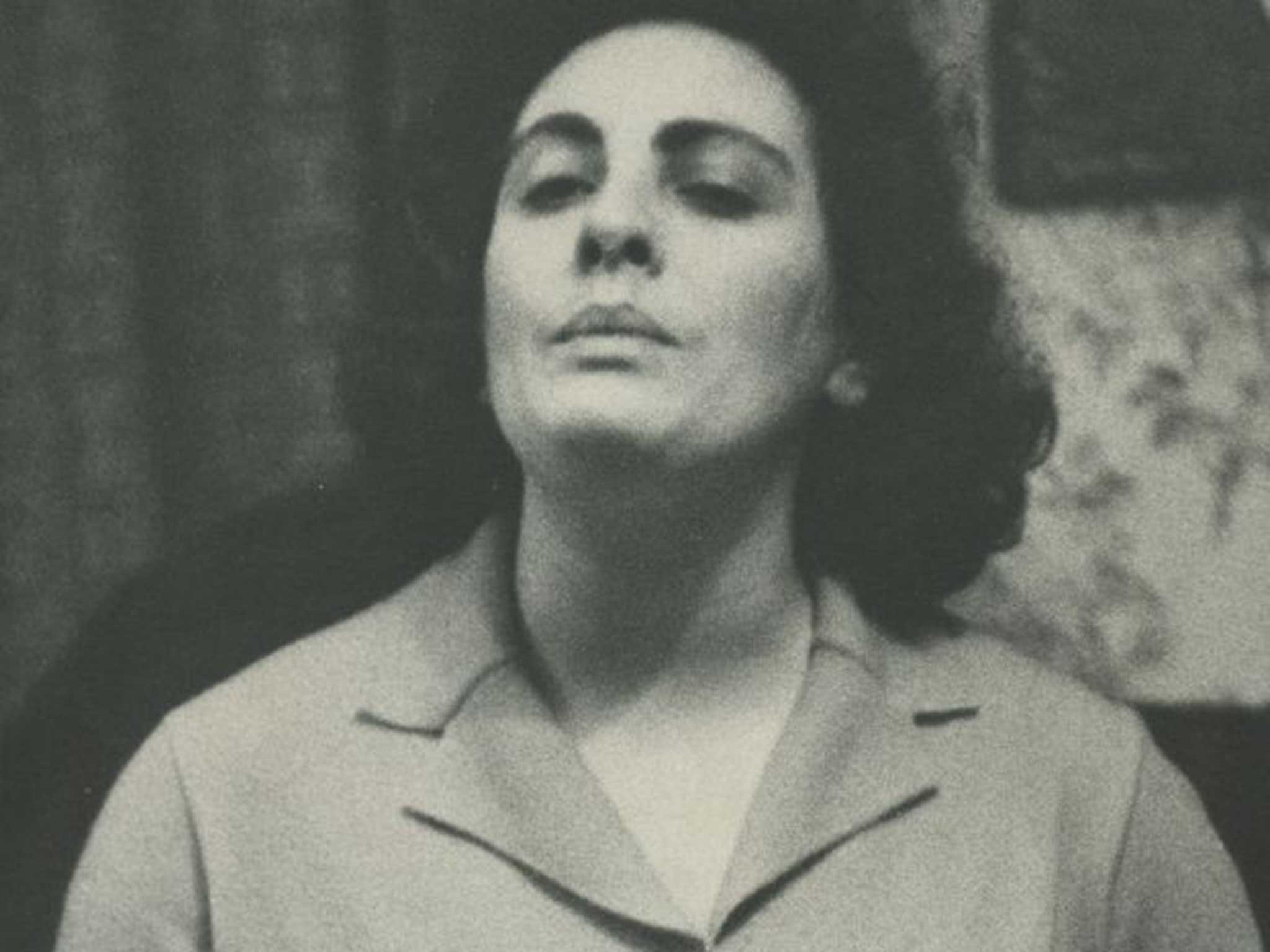Sheila Stewart ranked as one of the foremost exponents of Scots Travellers’ traditional ballads and folk songs and storytelling.
She represented Scotland as a cultural ambassador at the 1976 Bicentennial celebrations in Washington – adorned in full Highland dress – and in 1982 sang in front of Pope John Paul II at Glasgow’s Bellahouston Park for an estimated 300,000-500,000 onlookers.
She worked for the Secretary of State for Scotland advising on Travelling People and in 2006 was awarded an MBE for her services to Scottish traditional music. She was a commanding, indeed regal Scotswoman and figurehead for Traveller culture, and an aura of ineffable mystery at times surrounded her.
Piping, singing and story-telling ran in the family. Sheila Stewart was born to Alec (1904-1980) and Belle, née Isobella MacGregor (1906-1997) in a former stable in Tannage Street, Blairgowrie at the beginning of berry-picking. She used to say she was “born in a stable”, but not at Christmas. From around the time of the Great War until well into the 1960s, the Scottish summer provided a seasonal work bounty. Between July and mid-September it drew Travellers to the raspberry canes of Blairgowrie and Auchterarder in Perthshire, Dundee and Forfar in Angus.
According to Ewan MacColl and Peggy Seeger’s book Till doomsday in the afternoon: The folklore of a family of Scots Travellers, the Stewarts of Blairgowrie (1986), five children died in infancy. The family was eventually made up of Sheila, Cathie, John, Andy and an adopted sibling, Rena.
Of the family tradition, Sheila was quoted in Till doomsday... as saying in 1979, “We didnae learn the songs to entertain other people. We never ever sung them to an audience, we never sung them to anybody else – it was just in the family or other family that came in. We didn’t learn them for any gain or anything. We learned them because we loved them – to bring them to ourselves. Even going about doing the housework, my mother sings all day.”
Hamish Henderson of Edinburgh’s School of Scottish Studies “discovered” the family in March 1954. It led to concert, folk club and festival appearances; later that year they gave their first public concert as the Stewarts of Blair in “an old church” in Edinburgh. In October 1955 in a BBC broadcast Henderson proclaimed Sheila to be one of the new generation of traditional singers.
Commercial family releases followed, including, on the US label Prestige International, Folksong & Music from the Berryfields of Blair (recorded in 1954 and released in the early 1960s) and The Travelling Stewarts (1965) on the UK-based Topic label. Her finest commercial releases, both recorded by the folklorist and film-maker, Doc Rowe, were Topic’s Sheila Stewart – From the Heart of the Tradition, while Offspring Records released a manageably sized collection of her folk-tales on ...and time goes on... (both 2000).
The family took enormous pleasure in language and literacy. Lowlands Scots Doric was mixed with English while on standby was Beurla Reagaird, the Travellers’ own secret language, or cover-tongue. Like Gypsy cant, it enables speakers to keep conversations private in the presence of non-Travellers.
In 1976 the Smithsonian Institute invited Stewart, her parents and her sister Cathie to perform. It was “the day before my birthday” she recalled and the only remaining seat in the dining hall was with the Native American contingent, “next to the Chief of the Comanchi tribe”. They started talking. “I started to explain,” she wrote, “that we were an ethnic group of people who belong to Scotland. We have our own culture of ballads, stories, and our secret language.”
He told her that the Comanche also have a secret language passed only down the male line and “kept strictly for the men”. That got her attention. A natural charmer, she inveigled him into speaking some. Off the cuff she translated him complaining about the quality of the food and coffee. Before she knew it, a blade cut their fingertips and she had become the Comanche Chief’s blood-sister.
Within the family the term “performance” was shunned; “We don’t perform,” she told Rowe, “we produce a natural function.” An underlying reason for this was the coinneach, pronounced and anglicised as “conyach”. Akin to duende in flamenco – a spirit of passion, or soul – it surfaces in the deepest Traveller declarations. Stewart, like her mother, could summon it. With great acuity, Henderson wrote in an essay entitled “Lorca and Cante Jondo”, “Sheila … has more of the conyach than any singer I have ever heard, with the solitary exception of the late Jeannie Robertson.”
An enduring memory of her was our discussion of coinneach at the 1993 Edinburgh Folk Festival. Afterwards, the Scottish folk singer Ray Fisher declared it to be one of the most intense exchanges she had ever witnessed.
In addition to writing her mother’s life story, Queen Amang the Heather – The Life of Belle Stewart (2006), she published a series of slim booklets generically titled An Ancient Old Culture, precursors of her autobiography, A Traveller’s Life (2011). Her myriad contributions to Scottish Traveller folk culture are immeasurable. At her mother’s funeral Henderson told Sheila, “There are many musical branches to a tree but the Travelling People are the roots.”
Sheila Stewart, musician: born Blairgowrie, Perthshire 7 July 1935; MBE 2006; married 1956 Ian MacGregor (died 2007; one daughter, three sons); died Dundee 9 December 2014.

Join our commenting forum
Join thought-provoking conversations, follow other Independent readers and see their replies
Comments